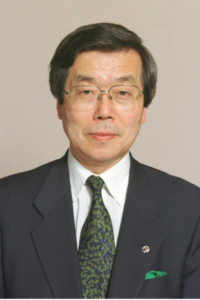
Now that it has been determined that the consumption tax rate will be raised from April 2014, discussions on the reform of the social security system have been underway. This report will reexamine whether pension, medical care and nursing care insurance systems can be sustained. A consumption tax rate hike to 10% would still be a drop in the oceanBenefit restraints and higher contributions from the elderly are necessary Prime Minister Abe Shinzo decided on October 1, 2013 to raise the consumption tax rate to 8% in April 2014. The discussion about this hike in the consumption tax rate initially started from consideration of the Comprehensive Reform of Social Security and Tax initiated by the government of the Democratic Party of Japan, and the objective of the tax hike is believed to be to achieve sound and stable social security and stable financial resources, ... ... [Read more]








